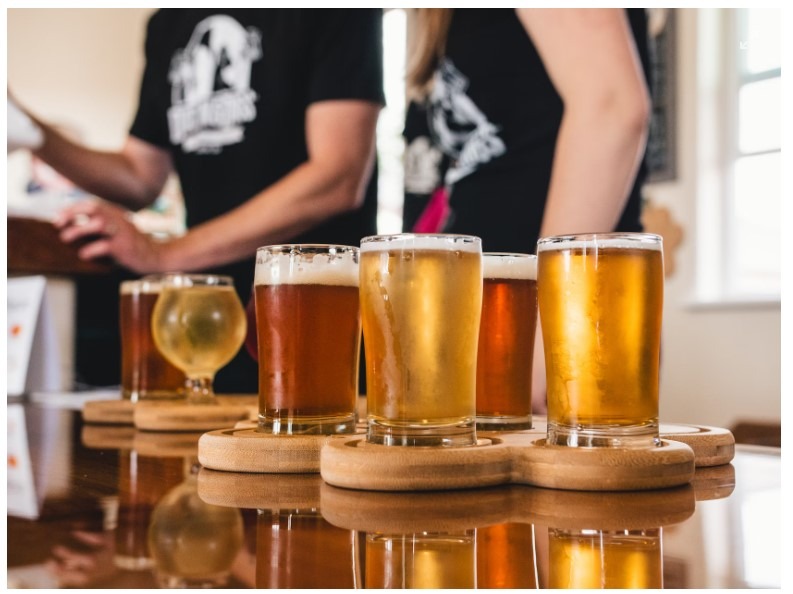Beer has always been one of the staple drinks of choice in social gatherings and France is not an exception. Although France is a country known for producing some of the world’s best wines, their contribution to the brewing industry and beer history is just as important. France and good beer go hand in hand for centuries most notably in its northeast region. This region in France is not where grapes traditionally grow but are home to the best hops instead. Thus, the reason why this region is better known for brewing rather than winemaking. Hops are flowers primarily used as a flavoring and stability agent in beer. It is what gives the beer a bitter, zesty, or citric flavor.
Around the year 1000, the monasteries introduced hops which helped lengthen and improve beer conservation. With this, the beer was allowed to be transported thus resulting in more sales. During this time, the emperor Charlemagne gave monasteries a monopoly over beer production from 9th up to the 14th century. It is also during this time where a special brew called Biere de Garde was introduced.
A specialty among beers, Bière de Garde (beer for keeping) is the greatest French beer that beer connoisseurs and beer enthusiasts around the world enjoy. This French pale ale has a spicy, malty and strong flavor. It is commonly brewed in the Nord-Pas-de-Calais region of France wherein farmhouses brew during the winter and spring to be consumed later in the year. This is done to avoid problems that might occur with the yeast during summertime.
In 1498 the Paris brewing charter came into law. This law regulated and taxed the production of beer in France and only specifically allowed brew masters to produce beer using grain, water, and hops as ingredients.
The 19th century was an era of scientific discovery and technological breakthrough. This was also the time that French brewery Pelforth was founded. The ale Pelforth got its name from two words. Pel for Pelican which was the original name of Pelforth when it was founded. The latter part of the name was from forte meaning strong because this beer contains a lot of malt (43 kg/hL). While the h was added to give it an English feel. Pelforth was first brewed in 1935 using a combination of two different types of malt and English yeast.
At the turn of the 20th century, the beer-loving Northern France became the home of three-quarters of France’s 2,300 breweries. It was during this time that the brewers were introduced to mechanization, refrigeration and scientific brewing. However, many of those breweries were small and still continued making traditional beers. Slowly, the number of French breweries diminished. They were ruined by the Second World War which destroyed most of the original breweries and farms. Even their specialty beer was once in danger of disappearing not just as a result of war but because the Czechs introduced Pils.
Pils or Lager is a light and fresh drink that was easier to drink than other beers. With this, Pils was able to quickly establish itself with drinkers. But, as always, there are a handful of brewers in small farms and villages who stubbornly held out. They kept the style alive brewing in the manner and philosophy that they always had. They are able to keep loyal customers happy as well as sustain a vital tradition. The Brasserie Duyck was one such brewery promoting the Jenlain in corked bottles in the 1950s. As a result, Duyck and a handful of others survived by capitalizing on their classic natural and rustic image. By the late 1970s, other breweries followed suit. Now, all of them are thriving as people look for environmentally friendly local produce with character. With this, French breweries slowly made a comeback in the latter half of the 20th century.
A decade ago, Paris and its surrounding regions did not have craft breweries. But there is almost a dozen now and today the French brewing industry is garnering broad interest as an artisan movement. It also continues to flourish with over 400 breweries, spread all over France. Most of them are craft beer which places emphasis on the quality, flavor, and brewing technique.
Aside from craft beer, the interest in beer in the last decade was re-established. Major breweries mass producing beer, as well as many new breweries like microbreweries have appeared.
